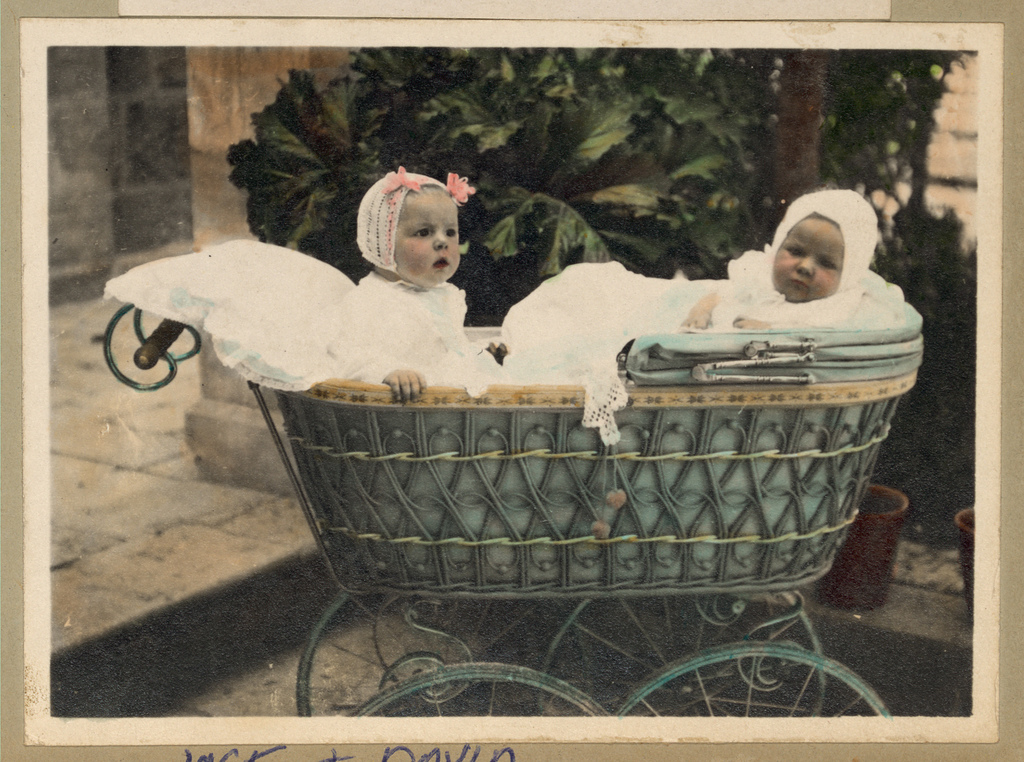
Mr. and Mrs. Scatter know all about the sacred naming process.
In a recent post, Mr. Scatter waxed beautifully about William Faulkner and H.L. Mencken, Sir Toby Belch and some guy named Flem. As Mr. Scatter put it:
“Naming was a serious and sometimes flowery business. … Naming is an almost mystical occasion, an assigning of an intensely personal yet communally meaningful identification for life.”
Mr. Scatter is not kidding. This is a seriously important matter to him. And he’s serious when he says that his grandfather’s name was Virgil Homer Hicks (who married Lizzie Lou Willingham).
Before Mr. and Mrs. Scatter’s firstborn came kicking and bleating into the world they had to wrangle with the Little Matter of Naming.
They began to notice the name tags on waiters and to sit through the entire credits at movie theaters, straining to catch every name that scrolled up. They yelled out road signs. Vader Ryderwood! They suddenly remembered long-lost relatives.
One day while Mrs. Scatter reached over her big belly and rummaged in a cupboard for Maalox, Mr. Scatter got a far-off gleam in his eye and said, much too sprightly, “How about Virgil Homer Hicks?”
Mrs. Scatter, cursing the child-proof cap on the container, was surprised and a bit proud of her husband’s wry humor and was about to cut loose a big loud snort of approval when Mr. Scatter sighed and said, all too wistfully, “It’s too bad my grandfather already has that name.”
Mrs. Scatter was still smiling, thinking the follow-up was a nice touch and her clever husband was playing this one beautifully with just the right tone of mock seriousness. She finally flipped the lid off the container, poured a few chalky tablets into her hand and put one on her tongue. She was about to reward Mr. Scatter and let out one of those long carefree chortles when Mr. Scatter said, with a genuine note of lament, “It just wouldn’t be right to take the same name.”
Mrs. Scatter stopped and stared at her husband. She popped another Maalox. “You’re serious!”
“Of course. The great Greek writer and the great Latin writer.”
All at once Mrs. Scatter:
- Desperately wanted a do-over.
- Was immensely relieved her husband insisted on being original.
- Didn’t want to think about what would happen if the name hadn’t already been taken.
- Prayed there was still a joke in there somewhere.
- Worried for her husband’s safety.
- Wondered why she didn’t vet her partner’s naming process before the house and furniture and marriage and, oh yeah, FAT SWOLLEN BELLY.
*****
Friends recommended trying out names, as in imagine yelling them at the top of your lungs in a crowded grocery store. Everyone now. Try it with me:
“VIRGIL HOMER! GET BACK HERE!”
Hmm. I’m not sure that does it for me. Let’s try this one:
“VIRGIL HOMER! PULL UP YOUR PANTS!”
Still no luck? You get my point.
*****
Dear Aunt Janet,
Thanks loads for the baby name book. It will join the fray to come up with The Perfect Name. I can’t wait to find out how Bob will use this latest weapon to good – and devastating – advantage. He still thinks Homer Horatio Hicks will look great on that first book. I think he’s equally excited that the initials would make a great cow brand. Maybe God will deliver me before I deliver this baby.
Love,
Laura
*****
Mr. Scatter couldn’t help but read out loud not only every name but also every meaning of every name. He read name after name, meaning after meaning, page after page.
“Charlotte. Little and womanly.” What do you think about “Charmaine. A Latin clan name?”
“It’s not bad, but it sounds like a brand of toilet paper.”
He wasn’t daunted. “Chloe. Greek. Young, green shoot. Cynthia. Greek. Goddess from Mount Cynthos. Cleva. Middle English. Hilldweller.”
“What do you think about Jessica?” I dared burst in.
“I’m not there yet.” He didn’t even turn his nose.
“What do you mean you’re not there yet? Can’t you turn a few pages?”
“I’m only on the C’s right now. Did you know that Claudia, a Latin word, was a clan name that probably meant ‘lame’?”
*****
“Hadden. Old English. Hill of Heather. Hadwin. Old English. Friend in War. What do you think about Hadwin?”
“No, Honey.”
“Haig. Old English. Enclosed with hedges. Harden. Old English. Valley of the hares.” Harden Hicks. Or maybe Harden Hadwin Hicks. Hadwin Harden Hicks? I know. Harden Haig Hicks: Valley of the hares enclosed with hedges.”
“Honey, I’m trying to watch the pregame show.”
“Heathcliff! Middle English. A cliff near a heath.” Heathcliff! What do you think about that?”
“It sounds too much like ‘Wuthering Heights.'”
“People this day and age probably think it’s a cartoon cat. You don’t like Heathcliff?”
“Honey, the game’s on.”
“What game?”
“You know. The game we paid for? The game we rushed to finish dinner so we’d be able to watch?”
“You don’t like Heathcliff?”
*****
The alarm clock blasted its nasty beep, and Mrs. Scatter groggily staggered to the shower. The comforting water began to lift her haze. She felt secure, assured in her little space, her senses cocooned by the pelting water, the warm steam and the whir of the ceiling fan. She turned off the shower and wrapped a big, fuzzy towel around herself.
“PRUNELLA!” A voice boomed through the door. “A small plum! That ought to be a good one for when the kid’s old and wrinkled!”
Mrs. Scatter shook her head and breathed deeply. “What’s the difference between a plum and a prune?”
“I’m not sure. I always thought a prune was a dried plum, just like raisins are made from grapes. But then those long skinny plums are called Italian prunes.”
“Look it up!”
“I’m not there yet.”
*****
Of course we finally came up with The Perfect Name. In fact we liked it so much the first time, we used it again. You don’t have to imagine yelling it in a crowded grocery store. We did one better than that. We just quietly hit publish and told it to the world.
Large Smelly Boys.
Heaven help them if they ever find out what their dad really wanted to name them.

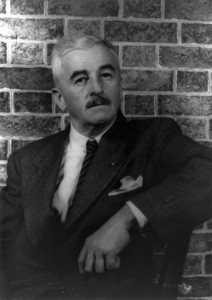 The Willinghams and Irbys and Hickses came from South Carolina and Georgia, places where a naming was a serious and sometimes flowery business. On Long Island and in the Hudson River Valley, where my mother’s side of the family had their roots, the names were historical and solid — Baldwin, Seaman — but without that peculiarly Southern sense that a naming is an almost mystical occasion, an assigning of an intensely personal yet communally meaningful identification for life. My mother’s maiden name is Charlotte Lucille Baldwin, and it’s lovely. But it seems somehow less thethered, less essential to her personality or her family’s historical lot in life.
The Willinghams and Irbys and Hickses came from South Carolina and Georgia, places where a naming was a serious and sometimes flowery business. On Long Island and in the Hudson River Valley, where my mother’s side of the family had their roots, the names were historical and solid — Baldwin, Seaman — but without that peculiarly Southern sense that a naming is an almost mystical occasion, an assigning of an intensely personal yet communally meaningful identification for life. My mother’s maiden name is Charlotte Lucille Baldwin, and it’s lovely. But it seems somehow less thethered, less essential to her personality or her family’s historical lot in life.
 Especially when you’re talking about the local artists who are the heart and soul of any city’s arts scene, that often means that people who barely have two dimes to rub together are among the ones who jump in and get something done. They raise awareness (pardon Mr. Scatter for employing that overused phrase) and they raise money. I’m not sure why performing artists and restaurant people so often take the lead on this sort of thing, but maybe it’s because both work in businesses where they become acutely aware that nothing gets done right unless everyone works together.
Especially when you’re talking about the local artists who are the heart and soul of any city’s arts scene, that often means that people who barely have two dimes to rub together are among the ones who jump in and get something done. They raise awareness (pardon Mr. Scatter for employing that overused phrase) and they raise money. I’m not sure why performing artists and restaurant people so often take the lead on this sort of thing, but maybe it’s because both work in businesses where they become acutely aware that nothing gets done right unless everyone works together.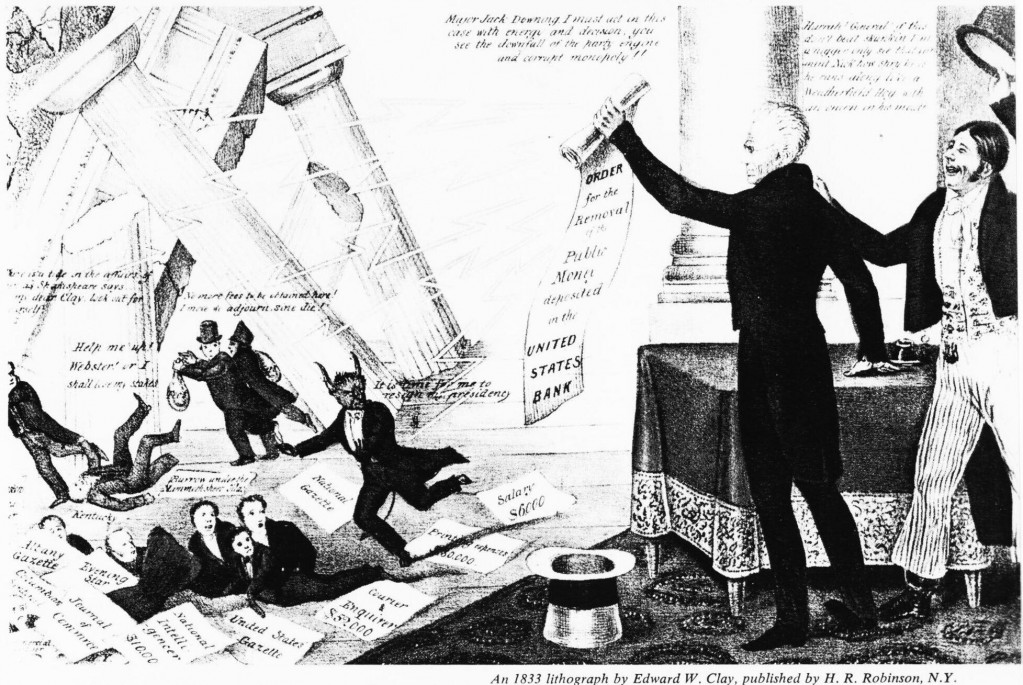
 Art Scatter has changed a lot over its two years. It was the brainchild of Barry Johnson, my friend and longtime arts section compatriot at The Oregonian, who was looking for a way to explore new approaches to journalism outside of the print world. Barry brought me and his friend Vernon Peterson, a lawyer and talented literary critic, into the project, which was planned to be not too taxing on anyone because there would be three people to fill the virtual space.
Art Scatter has changed a lot over its two years. It was the brainchild of Barry Johnson, my friend and longtime arts section compatriot at The Oregonian, who was looking for a way to explore new approaches to journalism outside of the print world. Barry brought me and his friend Vernon Peterson, a lawyer and talented literary critic, into the project, which was planned to be not too taxing on anyone because there would be three people to fill the virtual space. We asked for your advice, and a lot of you gave it. Thanks to Scatter friends and followers Charles Deemer, LaValle Linn, Charles Noble, Brett Campbell, Cynthia Kirk, Mighty Toy Cannon and others for chipping in with preferences and ideas. Each of the three candidates had its fans, and each had its detractors. I appreciate the energy that all of you put into this. And I appreciate that more than one of you noted that design isn’t why you visit Art Scatter, anyway: You come for the writing and the ideas. Special thanks to LaValle for her warning that Web designs can devour your time and sanity in the middle of the night if you let yourself get too deeply drawn into them: Perish that thought!
We asked for your advice, and a lot of you gave it. Thanks to Scatter friends and followers Charles Deemer, LaValle Linn, Charles Noble, Brett Campbell, Cynthia Kirk, Mighty Toy Cannon and others for chipping in with preferences and ideas. Each of the three candidates had its fans, and each had its detractors. I appreciate the energy that all of you put into this. And I appreciate that more than one of you noted that design isn’t why you visit Art Scatter, anyway: You come for the writing and the ideas. Special thanks to LaValle for her warning that Web designs can devour your time and sanity in the middle of the night if you let yourself get too deeply drawn into them: Perish that thought!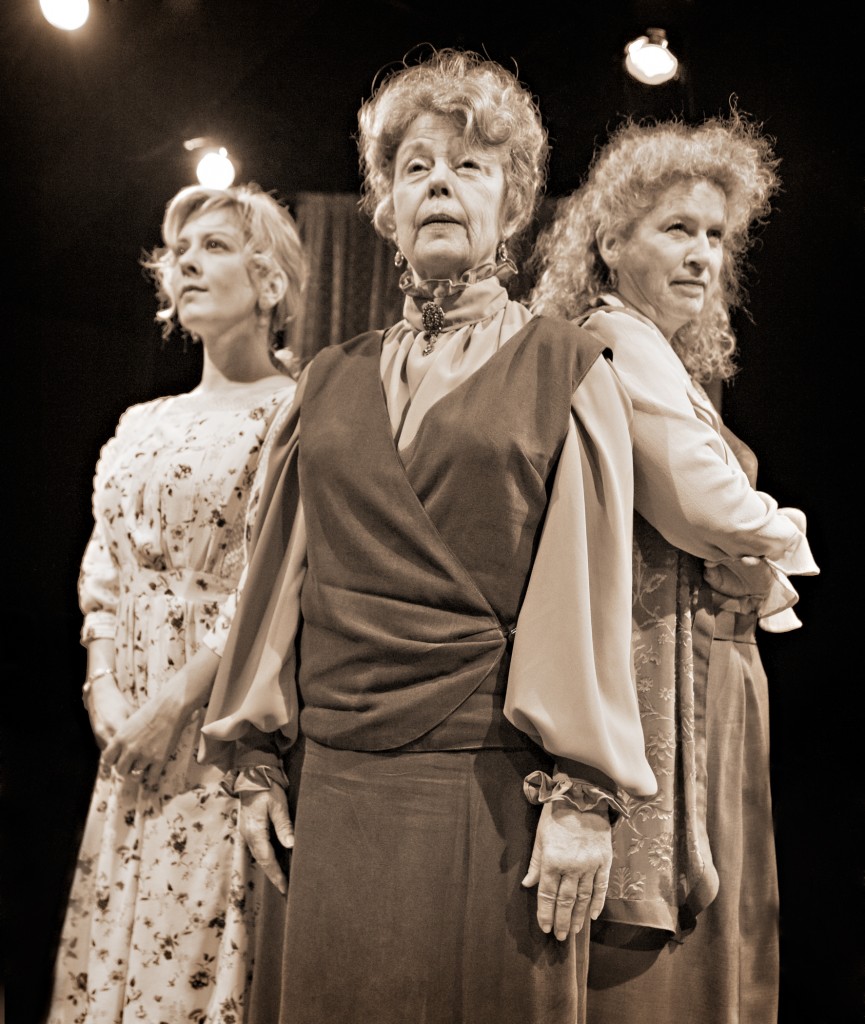
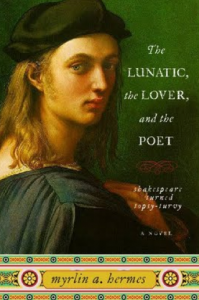 All very manly. But Mr. Scatter would like to offer you as an alternative pastime a chance to read his
All very manly. But Mr. Scatter would like to offer you as an alternative pastime a chance to read his 





